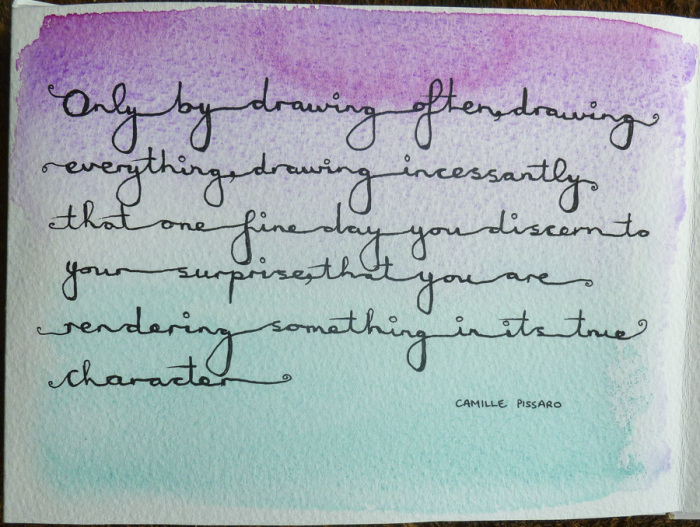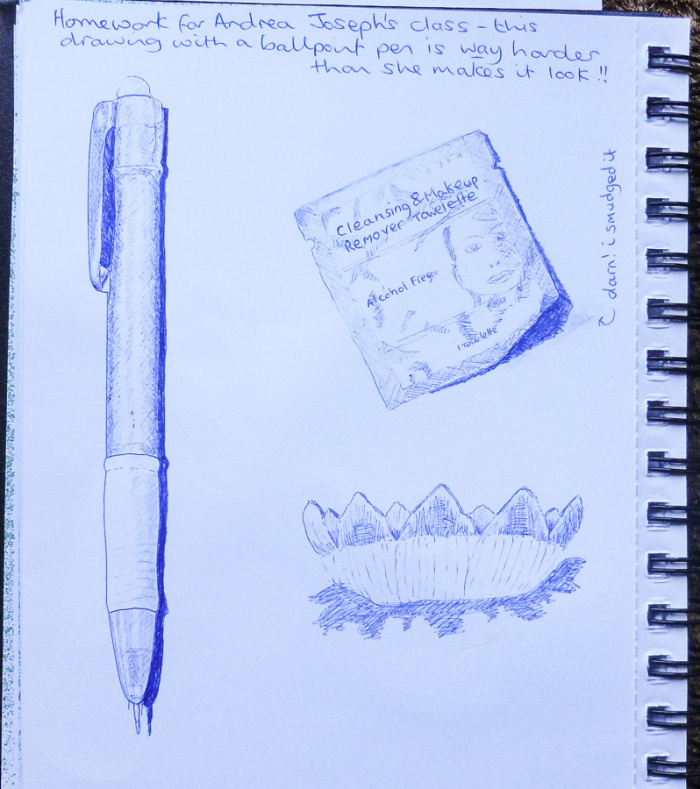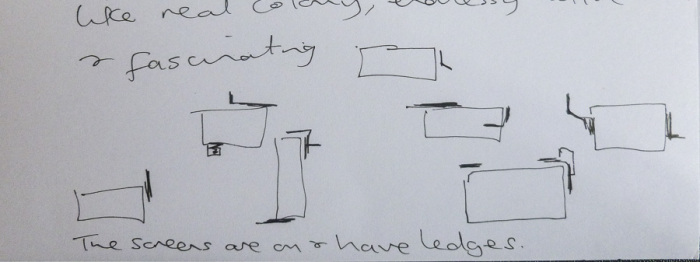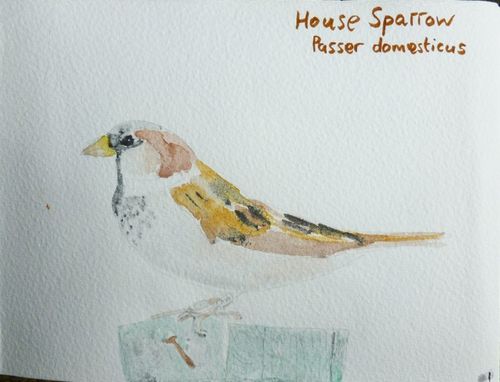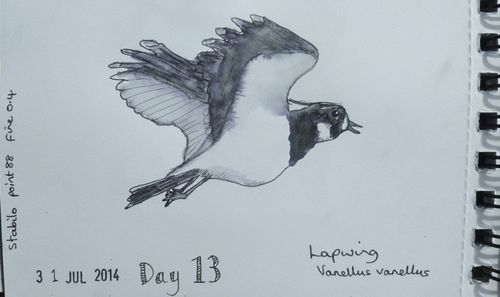Seeing – Week 6 – Homework Part 1
Liz Steel is the tutor for the week 6 Seeing class – I have been really looking forward to this amazing Aussie’s class. Liz is an architect by trade but is mostly known for her urban sketching and her addiction to drawing tea cups. I love her tea cup sketches! Liz Steel Liz’s Flickr Our first lot of homework was to draw an object that means something to us – it didn’t have to be a tea cup… Sadly I don’t have any really fancy cups and saucers (but have it in mind to go through mum’s china cabinet when i’m there next month…) so I started off with a 1930s style cup and saucer – a Clarice Cliff repro by Moorland Pottery with the famous Crocus design on. I wasn’t too thrilled by the results so this morning I had another go – this time using a Wedgewood soup cup and saucer which was given to me by my grandmother on the birth of my oldest daughter 30 years ago. The design is called Kutani Crane. I was much happier with the result. I was quite embarrassed when The Artist from next door dropped by to pick up my husband and i’d left my book on the side, opened to the Wedgwood cup page so he scooted over when he spied it and had a look. He seemed reasonably impressed 🙂
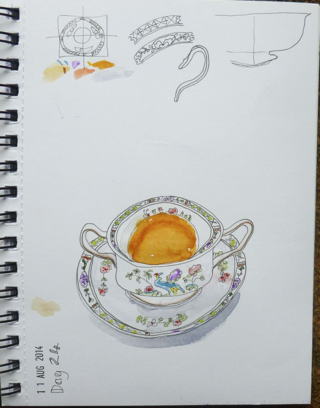
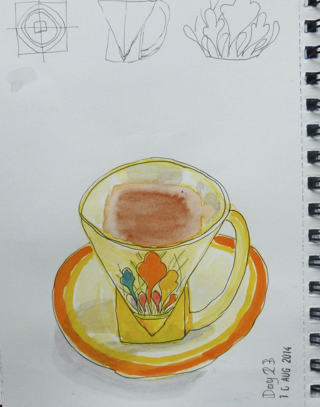
Seeing – Week 6 – Homework Part 2 The next lot of homework that Liz set for us was to draw a building. With her being an architect she gave us a number of tips for when drawing buildings. It was a dull and dismal day and I decided to draw our house – it’s kind of wonky, I think I definitely need a lot more practice!

